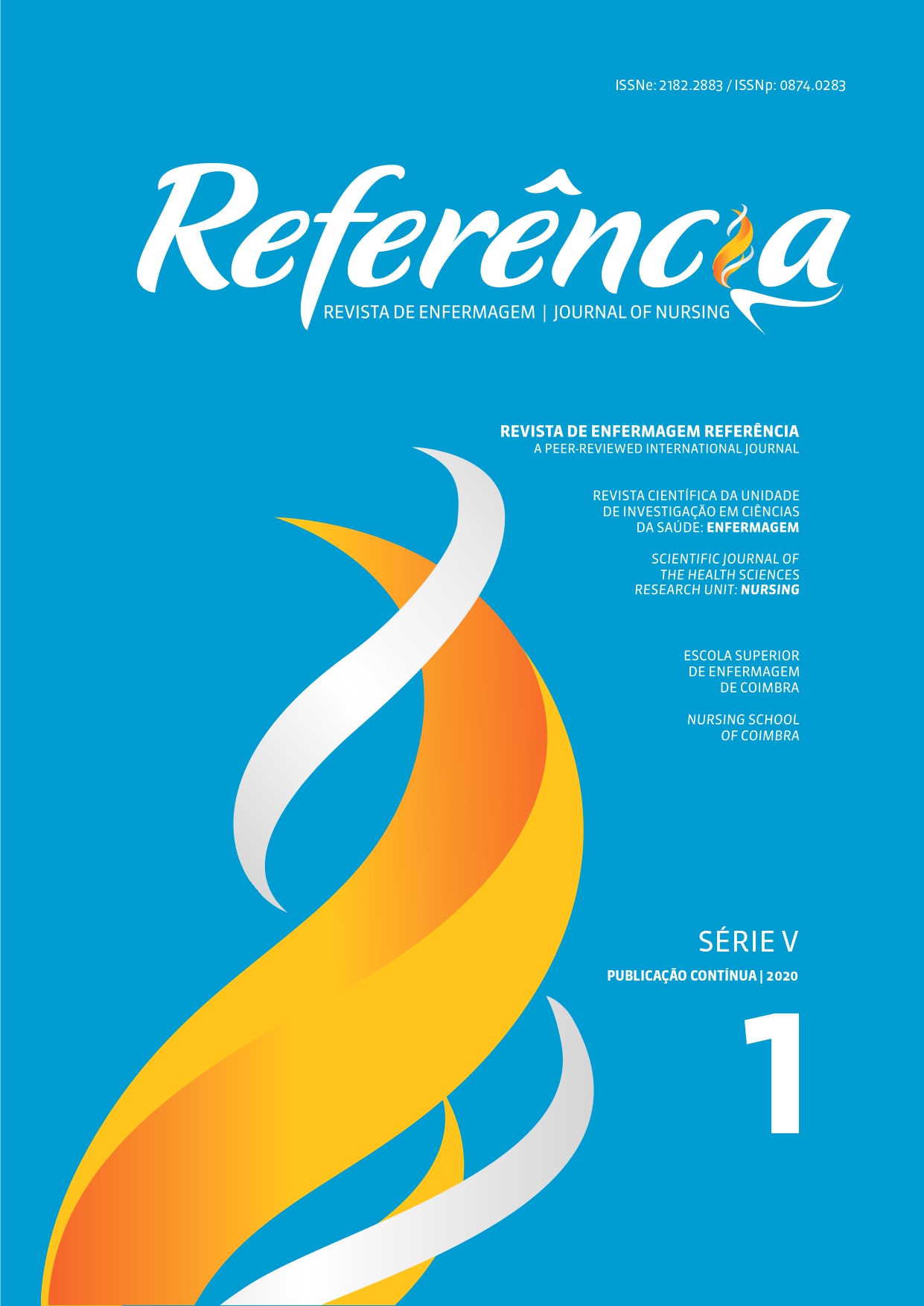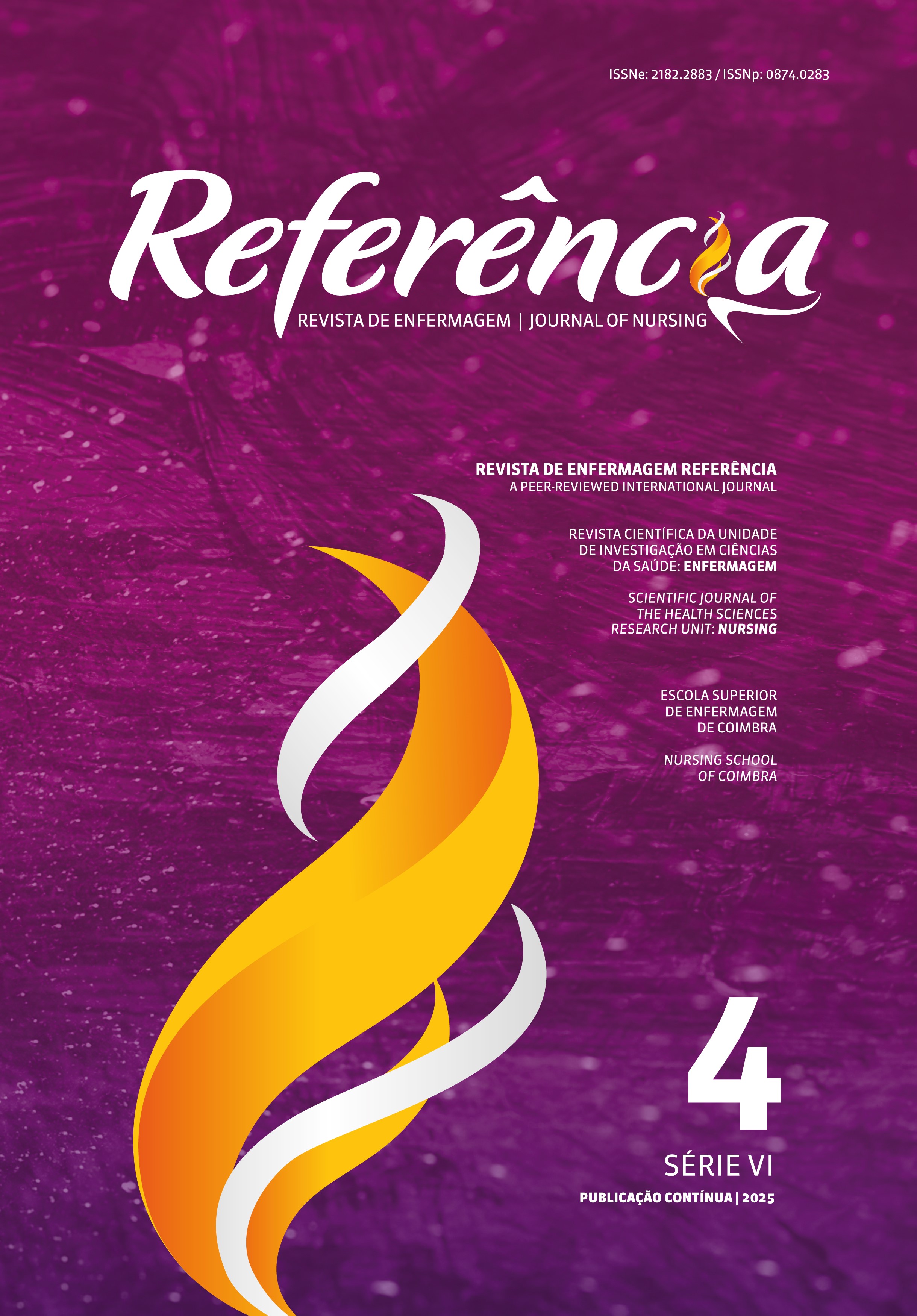Quality of life of patients with prostate cancer
DOI:
https://doi.org/10.12707/RIV19063Keywords:
quality of life, prostatic neoplasms, patient reported outcome measuresAbstract
Background: Prostate cancer is the second leading cause of death from cancer in men. Its diagnosis and treatment can significantly change their life and affect their quality of life.
Objective: To assess the changes in the quality of life of patients with prostate cancer, from diagnosis to the 6th month of treatment.
Methodology: A descriptive, analytical, and longitudinal study was conducted with prostate cancer patients, using HRQoL, SF-12, and EQ-5D scales in four moments.
Results: Changes were found in HRQoL dimensions across the four moments, as well as in functioning and symptoms.
Conclusion: This study provides new evidence on dimensions of HRQoL of patients with prostate cancer, namely emotional and social functions, fatigue, nausea and vomiting, insomnia, constipation and diarrhea symptoms, sexual activity, urinary, bowel symptoms, and hormonal treatment-related symptoms, from diagnosis to the 6th month of treatment. Health professionals should intervene in the most affected domains to improve the quality of life of prostate cancer patients.
Downloads
References
Chien, G. W., Slezak, J. M., Harrison, T. N., Jung, H., Gelfond, J. S., Zheng, C., … Jacobsen, S. J. (2017). Health-related quality of life outcomes from a contemporary prostate cancer registry in a large diverse population. BJU International, 120(4), 520-529. doi:10.1111/bju.13843
Cooperberg, M. R., & Chan, J. M. (2017). Epidemiology of prostate cancer. World Journal of Urology, 35(6), 849–849. doi:10.1007/s00345-017-2038-0
Droz, J. P., Balducci, L., Bolla, M., Emberton, M., Fitzpatrick, J. M., Joniau, S., … Sternberg, C. N. (2010). Management of prostate cancer in older men: Recommendations of a working group of the International Society of Geriatric Oncology. BJU International, 106(4), 462–469. doi:10.1111/j.1464-410X.2010.09334.x
Eton, D. T., & Lepore, S. J. (2002). Prostate cancer and health-related quality of life: A review of the literature. Psycho-Oncology, 11(4), 307–326. doi:10.1002/pon.572
Fayers, P. M., Aaronson, N. K., Bjordal, K., Groenvold, M., Curran, D., Bottomley, A., & EORTC Quality of Life Group. (2001). EORTC QLQ-C30 scoring manual (3ª ed.). Recuperado de https://www.eortc.org/app/uploads/sites/2/2018/02/SCmanual.pdf
Ferreira, P. L. (1997). The Portuguese version of the EORTC QLQ-C30. Recuperado de https://estudogeral.uc.pt/bitstream/10316/9948/1/TC199701.pdf
Ferreira, P. L. (2000a). Creation of Portuguese version of the MOS SF-36 part I: cultural and linguistic adaptation. Acta Medica Portuguesa, 13(1–2), 55–66. Recuperado de https://www.researchgate.net/publication/12267959_Creation_of_Portuguese_version_of_the_MOS_SF-36_Part_I_Cultural_and_Linguistic_Adaptation
Ferreira, P. L. (2000b). Creation of Portuguese version of MOS SF-36 part II: Validation tests. Acta Medica Portuguesa, 13(3), 119–127. Recuperado de https://www.actamedicaportuguesa.com/revista/index.php/amp/article/view/1770/1347
Herdman, M., Gudex, C., Lloyd, A., Janssen, M., Kind, P., Parkin, D., … Badia, X. (2011). Development and preliminary testing of the new five-level version of EQ-5D (EQ-5D-5L). Quality of Life Research, 20(10), 1727–1736. doi:10.1007/s11136-011-9903-x.
Hurria, A., Lachs, M. S., Cohen, H. J., Muss, H. B., & Kornblith, A. B. (2006). Geriatric assessment for oncologists: Rationale and future directions. Critical Reviews in Oncology/Hematology, 59(3), 211–217. doi:10.1016/j.critrevonc.2006.03.007
Kao, Y. L., Tsai, Y. S., Ou, F. Y., Syu, Y. J., Ou, C. H., Yang, W. H., … Wang, J. Der. (2015). Determinants of quality of life in prostate cancer patients: A single institute analysis. Urological Science, 26(4), 254–258. doi:10.1016/j.urols.2015.06.288
Organisation for Economic Co-operation and Devolopment. (2018). Health at a glance: Europe 2018: State of health in the EU cycle. doi: 10.1787/23056088
Pallis, A. G., Wedding, U., Lacombe, D., Soubeyran, P., & Wildiers, H. (2010). Questionnaires and instruments for a multidimensional assessment of the older cancer patient: What clinicians need to know? European Journal of Cancer, 46(6), 1019–1025. doi:10.1016/j.ejca.2010.01.006
Quijada, P. D., Fernandes, P. A., Oliveira, D. S., & Santos, B. M. (2017). Câncer de próstata: Retrato de uma realidade de pacientes em tratamento. Revista de Enfermagem UFPE, 11(sup.6), 2490–2499. doi:10.5205/reuol.9799-86079-1-RV.1106sup201702
Sequeira, T., Ferreira, P. L., Teixeira, J., Peres, I., Oliveira, J., & Silveira, A. (2015). Patient-reported outcomes in prostate cancer: Prospective changes analysis for prognosis prediction. Journal of Cancer Therapy, 6, 1238–1248. doi:10.4236/jct.2015.615135
Instituto Nacional de Estatística. (2019). Main indicators. Recuperado de https://www.ine.pt/xportal/xmain?xpid=INE&xpgid=ine_main&xlang=en]
Torvinen, S., Färkkilä, N., Sintonen, H., Saarto, T., Roine, R. P., & Taari, K. (2013). Health-related quality of life in prostate cancer. Acta Oncologica, 52(6), 1094–1101. doi:10.3109/0284186X.2012.760848
van Andel, G., Bottomley, A., Fosså, S. D., Efficace, F., Coens, C., Guerif, S., … Aaronson, N. K. (2008). An international field study of the EORTC QLQ-PR25: A questionnaire for assessing the health-related quality of life of patients with prostate cancer. European Journal of Cancer, 44(6), 2418-2424. doi:10.1016/j.ejca.2008.07.030
Wallwiener, M., Matthies, L., Simoes, E., Keilmann, L., Hartkopf, A. D., Sokolov, A. N., … Brucker, S. Y. (2017). Reliability of an e-PRO Tool of EORTC QLQ-C30 for measurement of health-related quality of life in patients with breast cancer: Prospective randomized trial. Journal of Medical Internet Research, 19(9), e322. doi:10.2196/jmir.8210
World Health Organization. (2019). WHOQOL: Measuring quality of life. Recuperado de https://www.who.int/healthinfo/survey/whoqolqualityoflife/en/






















